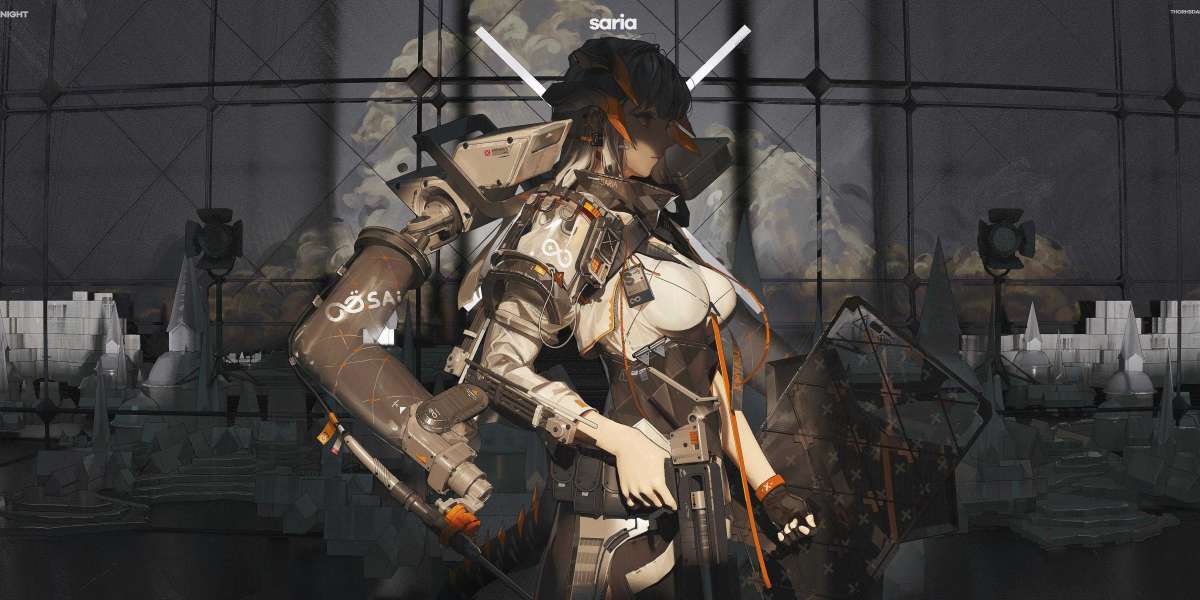In the bustling streets of the UK, hoarding displays serve as more than just protective barriers; they are canvases for creativity and brand storytelling. While vivid graphics and compelling messages are essential, the strategic use of lighting can elevate these displays, adding depth and capturing attention both day and night.
Layered lighting, a concept adopted from interior design, is combining several lighting types to create a dynamic visual environment. When applied to hoarding displays, it transforms flat surfaces into engaging narratives, guiding viewers' eyes and enhancing brand perception.
Hoarding Lighting: Enhancing Visibility and Safety on Construction Sites
Hoarding lighting is essential for guaranteeing safety and improving the visual appeal of building sites, particularly in low-light settings. By illuminating hoardings, it not only safeguards pedestrians and workers but also serves as an effective medium for branding and communication.
Key Uses of Hoarding Lighting:
- Improved Safety: Adequate lighting around hoardings reduces the risk of accidents by making obstacles visible to pedestrians and vehicles, particularly during nighttime or adverse weather conditions.
- Enhanced Security: Well-lit hoardings act as a deterrent against unauthorised access and vandalism. By improving visibility around the construction site, effective lighting helps protect property, equipment, and personnel, contributing to a safer, more secure environment.
- Brand Visibility: Illuminated hoardings ensure that company branding, project information, and advertisements are visible around the clock, maximising exposure.
- Compliance with Regulations: Proper hoarding lighting helps meet local authority requirements and safety standards, ensuring legal compliance for construction activities.
- Aesthetic Appeal: Strategic lighting can transform hoardings into visually appealing displays, enhancing the site's appearance and reflecting positively on the project's image.
For more information on hoarding lighting solutions, including options like aluminium composite boards and LED systems, please visit our website.
Understanding Layered Lighting
- Ambient Lighting: Ambient lighting provides the overall illumination that sets the mood and tone of the display. It ensures the entire area is well-lit, creating a welcoming and comfortable atmosphere while maintaining good visibility for viewers.
- Task Lighting: Task lighting is focused and directed to highlight specific areas or elements within the display. It makes important details like text, images, or product features stand out clearly, enhancing readability and drawing the viewer’s attention precisely.
- Accent Lighting: Accent lighting is designed to emphasise particular features, adding drama and visual interest. It highlights textures, shapes, or brand logos, creating depth and contrast that make key parts of the display more eye-catching and memorable.
By integrating these layers, hoarding displays become more than just informational panels; they become immersive experiences that captivate and inform.
Importance of Lighting in Hoarding Displays
Effective lighting in hoarding displays serves multiple purposes:
- Enhanced Visibility: Effective hoarding lighting ensures displays remain prominent in all conditions, capturing attention day and night, and maximising brand exposure to passersby.
- Brand Perception: A well-lit display projects professionalism and high quality, significantly boosting the brand’s image. Effective illumination leaves a lasting positive impression on viewers, reinforcing trust and encouraging engagement with the brand.
- Emotional Impact: Strategic use of lighting can evoke targeted emotions that align with the brand’s message. This creates powerful, memorable experiences that resonate deeply with the audience, fostering stronger connections and brand loyalty.
Techniques for Layering Light in Hoarding Displays
Spotlighting
Spotlighting involves directing focused light onto specific areas of the display, such as key messages or brand logos. Adjusting the angle and intensity can create shadows and depth, making the highlighted elements pop.
Backlighting
The lighting is a technique in which light shines through translucent materials, producing a glowing appearance that improves visual appeal and readability. It's especially useful in low-light or nighttime settings, enhancing clarity and attracting attention.
LED Strip Lighting
LED strips can be used to outline shapes or borders, clearly defining sections while adding a sleek, modern aesthetic. They are both energy-efficient and highly adaptable, allowing for a wide spectrum of colors and dynamic lighting effects in unique designs.
Color Temperature
Selecting warm or cool lighting influences the display's mood—warm tones evoke a cozy, welcoming atmosphere, while cool tones suggest a modern, sleek look. Aligning lighting with brand colors enhances visual cohesion and strengthens brand identity.
Dynamic Lighting
Adding motion or dynamic lighting draws attention and keeps displays captivating. Programmable LEDs enable a range of effects, from gentle color fades to striking animations, enhancing engagement and making the display visually exciting and memorable.
By using spotlighting to highlight the product images and backlighting for the tagline, the hoarding display becomes a focal point, drawing in passersby. The addition of LED strip lighting around the edges adds a modern flair, aligning with the brand's innovative image.
In another instance, a construction company used dynamic lighting to showcase different phases of a project. The changing lights not only kept the display fresh but also communicated progress, building anticipation among the community.
Practical Tips for Implementing Layered Lighting
Implementing layered lighting effectively can transform any display, adding depth and visual interest. Using durable materials like aluminium composite board enhances the installation’s stability and appearance. These practical tips will help you create balanced, eye-catching lighting schemes.
- Planning: Begin with a detailed lighting plan that aligns with the display’s goals and reflects the brand’s identity. Careful planning ensures the lighting enhances key elements while maintaining consistency and effectiveness throughout the display.
- Installation: Prioritise ease of installation and future maintenance. Use durable, waterproof materials designed to withstand outdoor conditions, ensuring the lighting remains functional and visually appealing over time with minimal upkeep.
- Energy Efficiency: Choose LED lighting solutions to minimise energy consumption and reduce maintenance costs. LEDs offer long-lasting performance and lower environmental impact, making them a cost-effective and sustainable choice.
- Compliance: Adhering to these guidelines protects against legal issues, ensures user safety, and maintains the display’s professionalism.
Conclusion
Layered lighting transforms hoarding displays from mere informational panels into captivating brand experiences. By thoughtfully integrating ambient, task, and accent lighting, businesses can create depth, guide viewer attention, and leave a lasting impression. At Hoarding Printing Company, we specialise in bringing these concepts to life. Our expertise in hoarding lighting and use of high-quality materials like aluminium composite boards ensure that your displays are not only visually stunning but also durable and compliant with industry standards. Partner with us to illuminate your brand's story.



